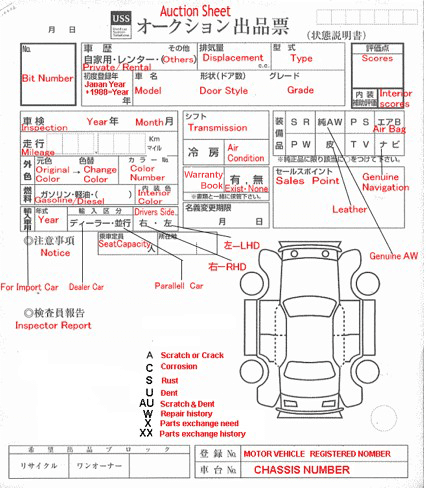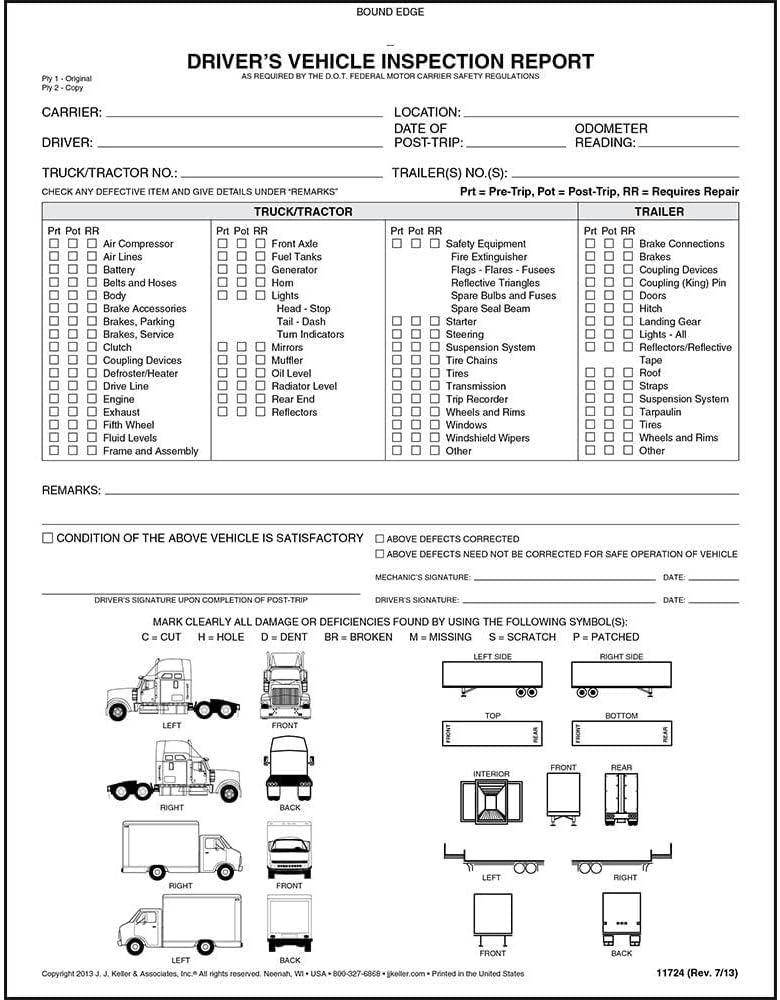If you’re planning to buy a used car from Japan—whether for personal use, import, or resale—obtaining an accurate and detailed Japan car auction report is essential. These reports provide crucial information about a vehicle’s condition, history, and performance, helping you make an informed purchase decision.
Here’s everything you need to know about how to buy and interpret a Japan car auction report , and why it’s vital for international buyers.
1. What Is a Japan Car Auction Report?
A Japan car auction report is a comprehensive document generated by Japanese auction houses like Aucnet , Goo-net , and USS . It includes:
- Vehicle identification number (VIN)
- Make, model, and year
- Mileage (usually in kilometers)
- Body and paint condition (damage grades)
- Interior condition
- Engine and transmission status
- Maintenance history
- Shaken expiration date (Japanese inspection)
- Auction result (final sale price)

2. Why You Need a Japan Car Auction Report
- Transparency: Ensures the vehicle is in the condition described.
- Avoids scams: Helps identify flood-damaged, accident-damaged, or tampered vehicles.
- Negotiation tool: Gives leverage when bidding or negotiating with brokers.
- Import compliance: Required by many customs agencies for international imports.
- Resale value: Buyers in your country will trust a vehicle more with a full report.

3. Where to Buy a Japan Car Auction Report
✅ Official Auction Sites (Best for Authenticity)
- Aucnet.jp – Japan’s largest wholesale auction site (requires broker access)
- Goo-net Exchange – Offers English support and detailed reports
- USS Auction – One of Japan’s top auction platforms
- Cars247 – Export-focused with vehicle reports and global shipping
Most individual buyers access these through brokers or export agents .
✅ Export Brokers and Agents
- Be FORWARD
- Cars247
- Yohaji
- MK Export
- COPART Japan
These companies provide translated reports, bidding assistance, and shipping services.
4. How to Read a Japan Car Auction Report
Key sections to focus on:
| Section | What to Look For |
|---|---|
| Mileage | Prefer vehicles under 50,000 km for better value |
| Damage Grade | Body condition graded 0–5 (3.5+ is acceptable) |
| Paint Condition | Look for “Good” or “Slight Scratch” ratings |
| Interior Condition | Avoid “Torn” or “Stained” ratings |
| Mechanical Condition | Should say “No issues” or “Good” |
| Engine/Transmission | Must be “Normal” or “Good” |
| Shaken Expiry | Indicates when the next inspection is due |
| Auction Result | Shows the final sale price and buyer feedback |
5. How Much Does a Japan Car Auction Report Cost?
| Service | Cost |
|---|---|
| Basic Inspection Report | Free (included with auction listing) |
| Video Walk-Through or PPI | $50–$150 |
| Translated Report + Broker Support | $100–$300 |
| Pre-Purchase Inspection (PPI) | $150–$300 |
Some brokers include the report in the auction or shipping fee.

6. Tips for Buying a Car Using a Japan Auction Report
- Always request a video inspection if you’re unsure about the written report.
- Verify the VIN to ensure it matches documents and customs requirements.
- Check the shaken date —a recent inspection adds value.
- Ask for maintenance records if the car has high mileage or is older.
- Compare similar listings to assess fair pricing.
FAQs
Q: Can I get a Japan car auction report in English?
A: Yes, most export brokers and platforms like Goo-net Exchange and Be FORWARD offer English reports .
Q: How accurate are Japanese auction reports?
A: Very accurate. Japanese auction houses have strict grading systems and legal obligations to report damage truthfully.
Q: What is a PPI (Pre-Purchase Inspection)?
A: A detailed inspection done by a third party before purchase, often including a test drive and mechanical check.

